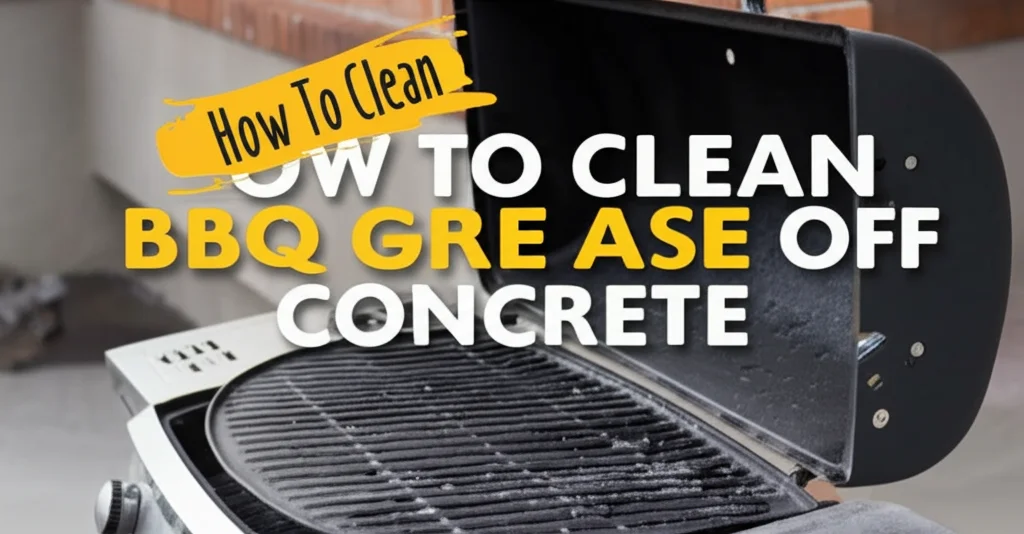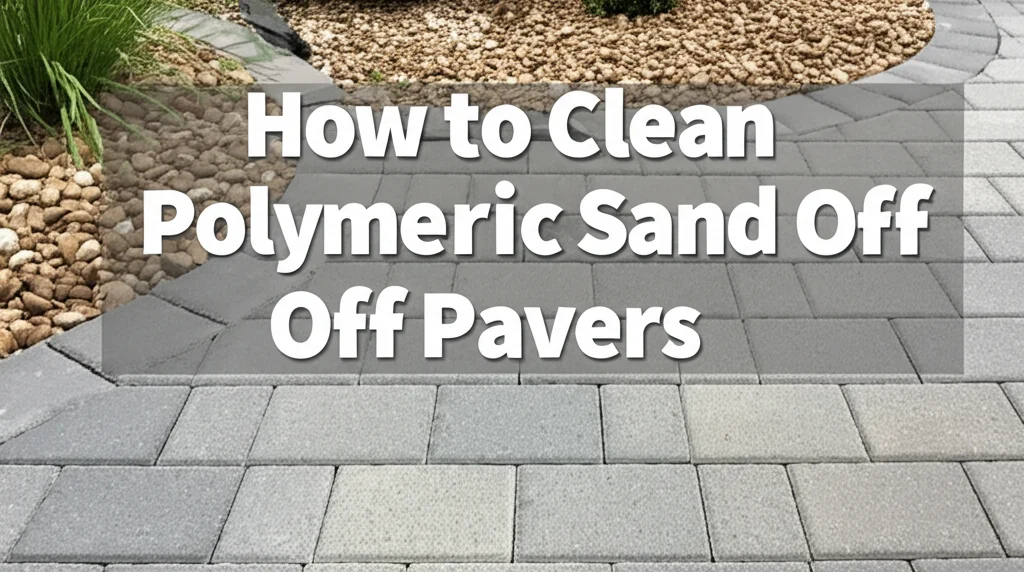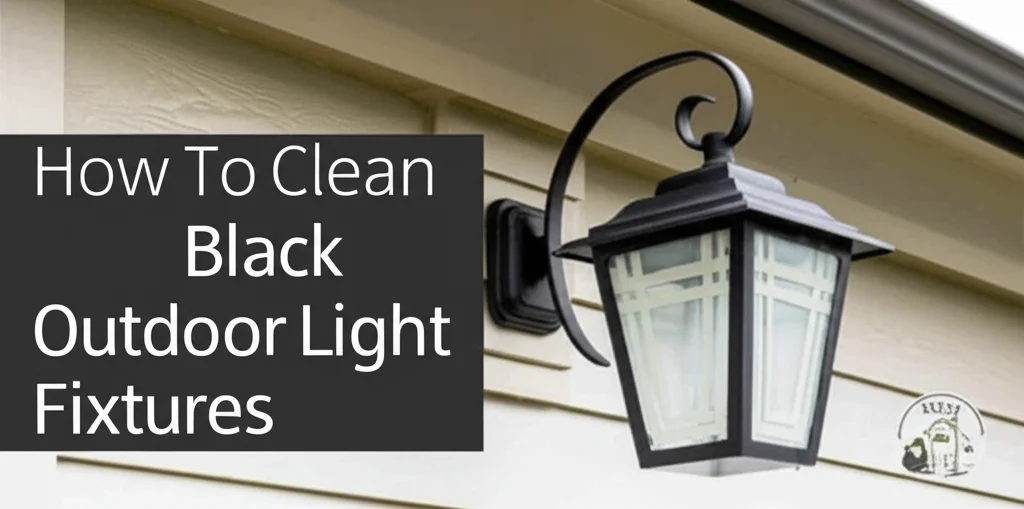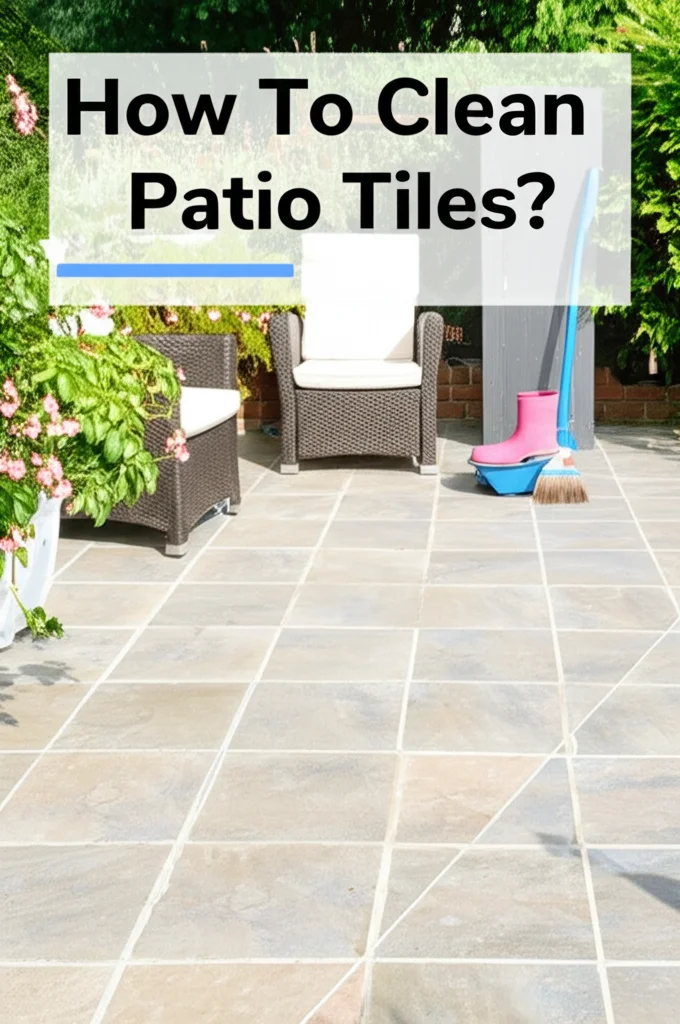· Outdoor Cleaning · 7 min read
How To Clean Mold Off Outdoor Furniture

How To Clean Mold Off Outdoor Furniture
Is your outdoor furniture looking a little green and fuzzy? Don’t worry, you’re not alone! Mold and mildew thrive in damp environments, making outdoor furniture a prime target. Cleaning mold off outdoor furniture isn’t just about aesthetics; it’s about protecting your investment and ensuring a healthy outdoor space. This article will guide you through effective methods to remove mold from various furniture materials and prevent its return. We’ll cover everything from simple soap and water solutions to more powerful cleaning agents, ensuring your patio is ready for relaxing.
Takeaway:
- Identify your furniture material for the correct cleaning method.
- Always test cleaning solutions in an inconspicuous area first.
- Thoroughly scrub affected areas with a brush and appropriate cleaner.
- Rinse well and allow furniture to dry completely in the sun.
- Prevent future mold growth with regular cleaning and protective treatments.
Quick Answer:
To clean mold off outdoor furniture, mix a solution of mild soap and water, or use a diluted bleach solution (1 part bleach to 10 parts water). Scrub the moldy areas with a brush, rinse thoroughly, and allow the furniture to dry completely in the sun. Always test the solution on a hidden area first!
Understanding Mold and Mildew on Outdoor Furniture
Mold and mildew are types of fungi that flourish in moist conditions. Outdoor furniture, constantly exposed to the elements, is particularly susceptible. It’s important to understand the difference between the two. Mildew is typically a surface growth, appearing as a white or gray powdery substance. Mold, on the other hand, can penetrate deeper into the material and often appears as black, green, or brown spots.
Ignoring mold isn’t a good idea. Beyond the unsightly appearance, mold can damage furniture materials over time, weakening them and reducing their lifespan. It can also pose health risks, especially for individuals with allergies or respiratory problems. Addressing mold promptly is key to maintaining both the beauty and integrity of your outdoor furniture.
Identifying Your Furniture Material
Before you start cleaning, knowing what your furniture is made of is crucial. Different materials require different cleaning approaches. Using the wrong cleaner can cause damage, discoloration, or even further deterioration. Here’s a breakdown of common outdoor furniture materials:
- Wood: Teak, cedar, pine, and acacia are popular choices. Wood is porous and can absorb moisture, making it prone to mold.
- Metal: Aluminum, wrought iron, and steel are durable but can rust if not properly maintained.
- Plastic/Resin: Polypropylene and polyethylene are weather-resistant but can still develop mildew.
- Wicker/Rattan: Natural wicker is susceptible to mold, while synthetic wicker is more resistant.
- Fabric: Cushions and umbrellas are often made of acrylic, polyester, or other water-resistant fabrics.
Once you’ve identified the material, you can choose the appropriate cleaning method.
Cleaning Mold Off Wood Furniture
Wood furniture requires a gentle yet effective approach. Harsh chemicals can strip the wood of its natural oils and cause damage. Here’s how to tackle mold on wood:
- Mild Soap and Water: Start with a solution of warm water and a mild dish soap. Scrub the moldy areas with a soft-bristled brush, following the grain of the wood.
- Vinegar Solution: For more stubborn mold, mix equal parts white vinegar and water. Apply the solution to the affected areas and let it sit for 15-20 minutes before scrubbing. You can find more information on cleaning with vinegar at https://beacleaner.com/how-to-clean-hardwood-floors-with-vinegar/.
- Bleach Solution (Use with Caution): As a last resort, you can use a diluted bleach solution (1 part bleach to 10 parts water). Always test this solution in an inconspicuous area first, as it can discolor the wood.
- Sanding and Sealing: After cleaning, sand any rough spots and apply a wood sealant or stain to protect the wood from future moisture damage.
Cleaning Mold Off Metal Furniture
Metal furniture is generally more durable than wood, but it’s still susceptible to rust and corrosion. Here’s how to clean mold off metal:
- Soap and Water: Begin with a solution of warm water and dish soap. Scrub the moldy areas with a brush, paying attention to any crevices or joints.
- Vinegar Solution: For tougher mold, use a vinegar and water solution. Vinegar helps to dissolve mold and prevent rust.
- Commercial Metal Cleaner: Consider using a commercial metal cleaner specifically designed for outdoor furniture. Follow the manufacturer’s instructions carefully.
- Rust Prevention: After cleaning, apply a rust-resistant spray or coating to protect the metal from future corrosion. If you’re dealing with rust, you might find this article helpful: https://beacleaner.com/how-to-remove-mold-from-painted-walls/.
Cleaning Mold Off Plastic and Resin Furniture
Plastic and resin furniture are relatively easy to clean. These materials are non-porous, so mold typically stays on the surface.
- Soap and Water: A simple solution of warm water and dish soap is often all you need. Scrub the moldy areas with a brush or sponge.
- Bleach Solution: For more stubborn mold, use a diluted bleach solution (1 part bleach to 10 parts water). Rinse thoroughly after applying.
- Pressure Washing: A pressure washer can be effective for cleaning large areas of plastic or resin furniture. Use a low-pressure setting to avoid damaging the material.
- UV Protection: Consider applying a UV protectant spray to help prevent future mold growth and fading.
Cleaning Mold Off Wicker and Fabric Furniture
Wicker and fabric furniture require special care. Natural wicker is particularly vulnerable to mold, while fabrics can harbor mold spores deep within the fibers.
- Natural Wicker: Gently brush off loose mold spores with a soft brush. Then, mix a solution of mild soap and water and carefully wipe down the wicker. Allow it to dry completely in the sun.
- Synthetic Wicker: Synthetic wicker is more durable and can be cleaned with a stronger solution of soap and water or a diluted bleach solution.
- Fabric Cushions and Umbrellas: Remove cushion covers and wash them according to the manufacturer’s instructions. For stubborn mold, you can try a fabric cleaner specifically designed for mildew removal. You can also find helpful tips on cleaning fabrics at https://beacleaner.com/2-painless-ways-to-clean-sofa-without-vacuum-cleaner/.
- Air Drying: Always air dry cushions and umbrellas completely before storing them.
Preventing Mold Growth on Outdoor Furniture
Prevention is always better than cure. Here are some tips to prevent mold growth on your outdoor furniture:
- Regular Cleaning: Clean your furniture regularly with soap and water to remove dirt and debris.
- Proper Ventilation: Ensure good air circulation around your furniture.
- Cover Furniture: Use furniture covers during periods of prolonged rain or humidity.
- Store Furniture Properly: Store furniture in a dry, well-ventilated area during the off-season.
- Apply Protective Treatments: Apply wood sealants, rust-resistant sprays, or UV protectants to help prevent moisture damage and mold growth.
Frequently Asked Questions (FAQ)
Q: Is bleach safe to use on all outdoor furniture? A: No, bleach can damage certain materials like wood and some fabrics. Always test it in an inconspicuous area first and dilute it properly (1 part bleach to 10 parts water).
Q: How can I tell if mold is affecting my health? A: Mold exposure can cause allergic reactions, respiratory problems, and other health issues. If you suspect mold is affecting your health, consult a doctor.
Q: What’s the best way to dry outdoor furniture after cleaning? A: Allow furniture to air dry completely in the sun. Sunlight has natural disinfecting properties.
Q: Can I use a pressure washer to clean my outdoor furniture? A: Yes, but use a low-pressure setting to avoid damaging the material.
Q: How often should I clean my outdoor furniture? A: Clean your furniture at least once a month, or more frequently if it’s exposed to harsh weather conditions.
Conclusion
Cleaning mold off outdoor furniture doesn’t have to be a daunting task. By identifying your furniture material, choosing the appropriate cleaning method, and taking preventative measures, you can keep your patio looking its best. Remember to always test cleaning solutions first and prioritize safety. With a little effort, you can enjoy your outdoor space without worrying about unsightly and potentially harmful mold. So, go ahead, reclaim your patio and enjoy the sunshine! Don’t forget regular cleaning is key to preventing mold from returning and keeping your outdoor furniture in top condition.




